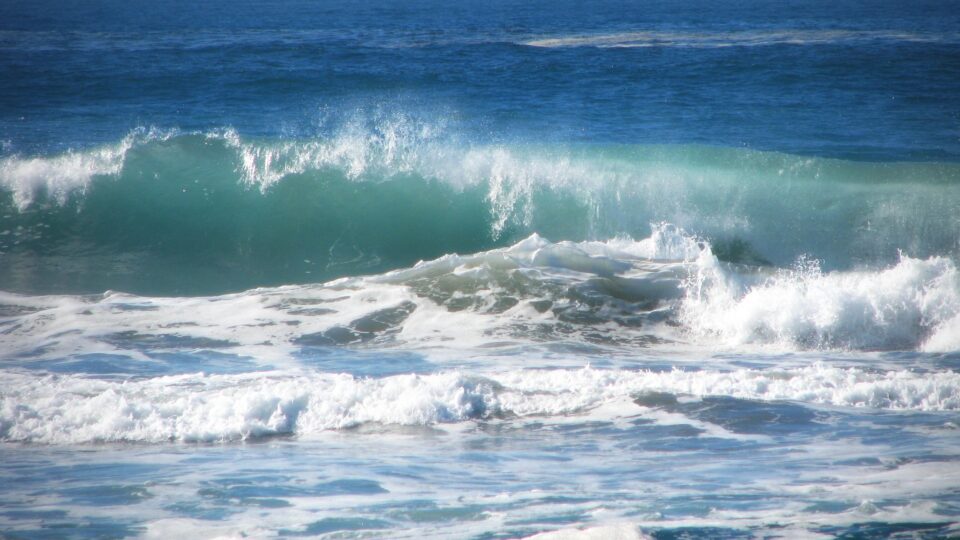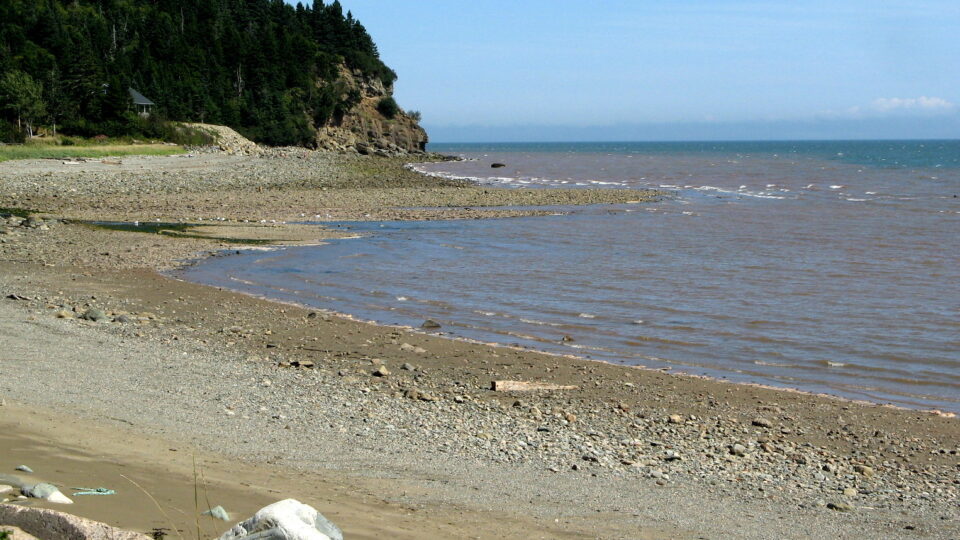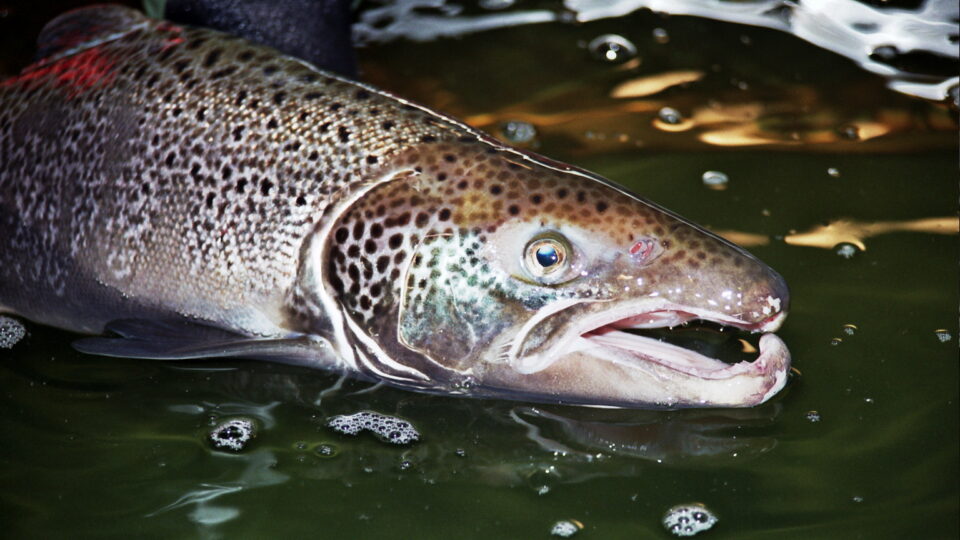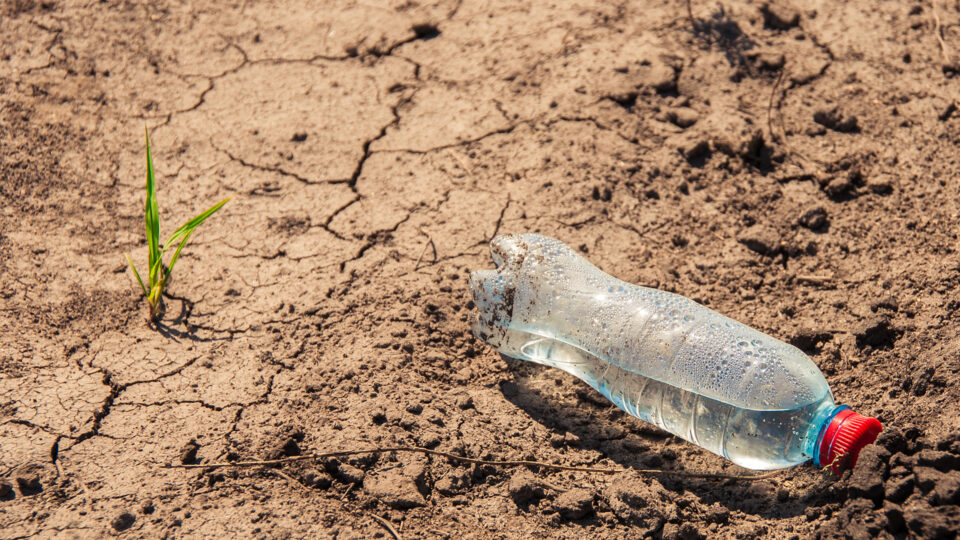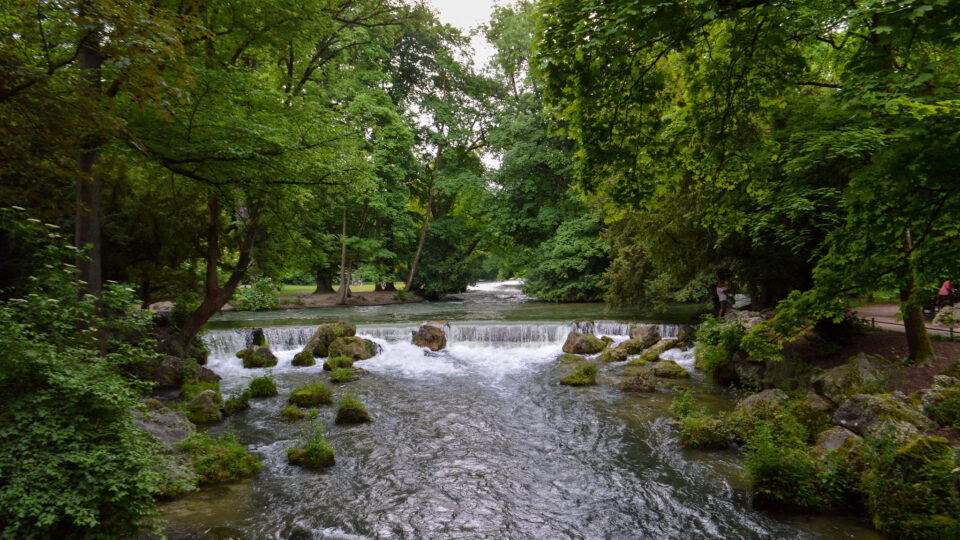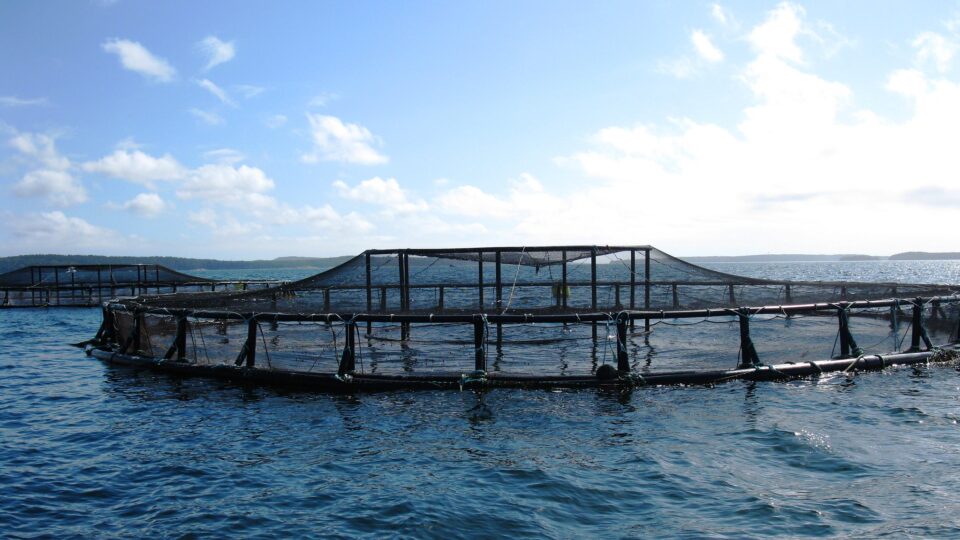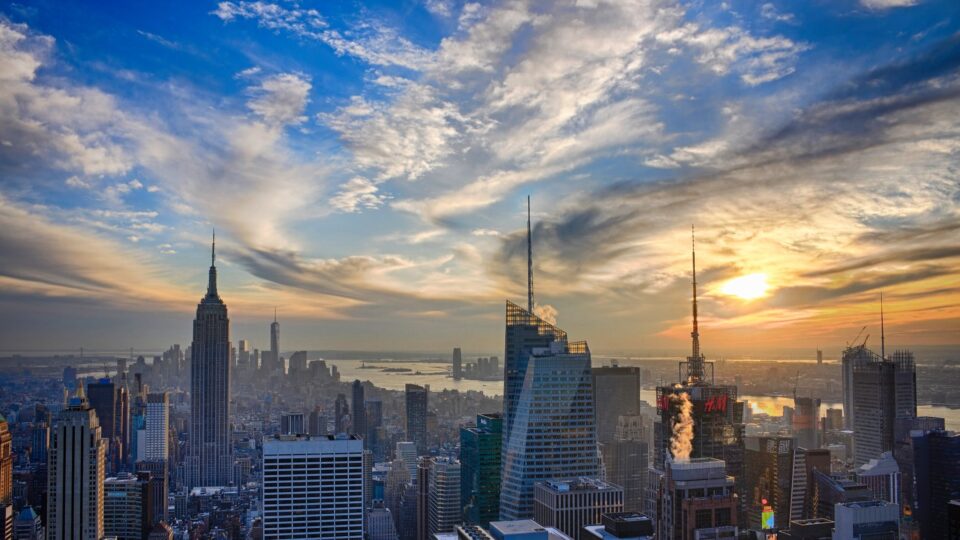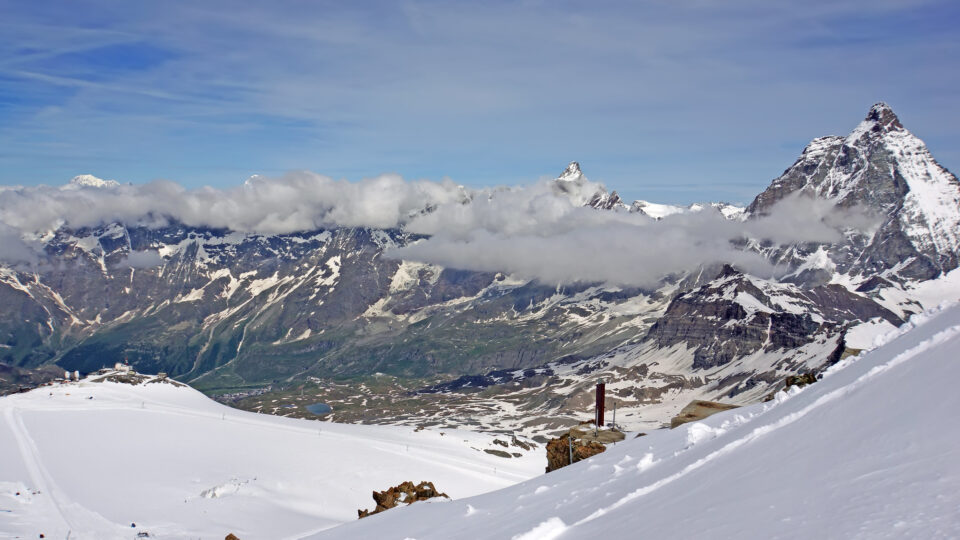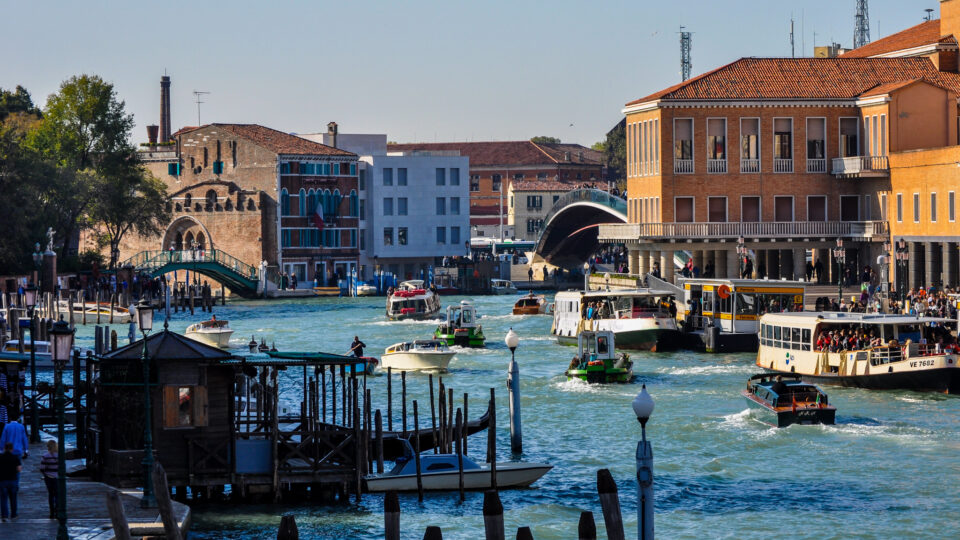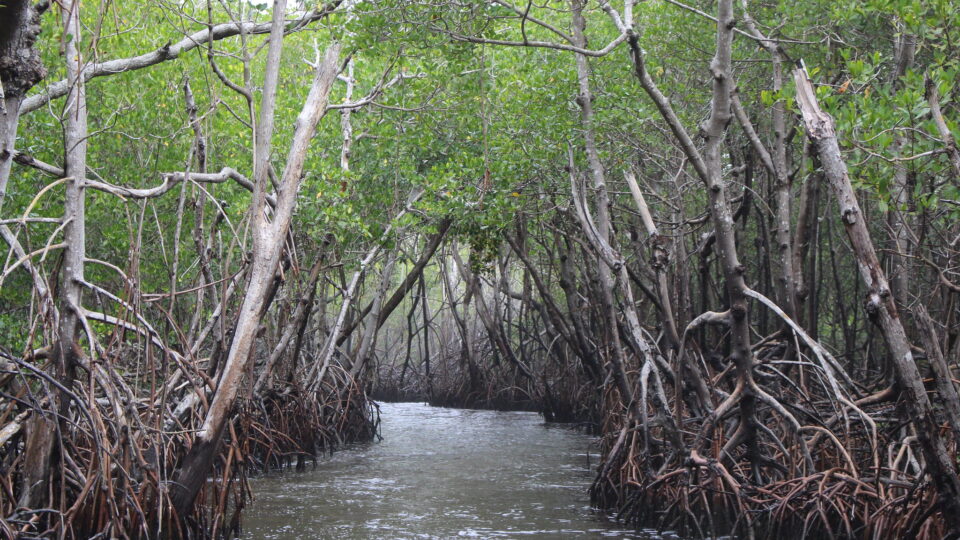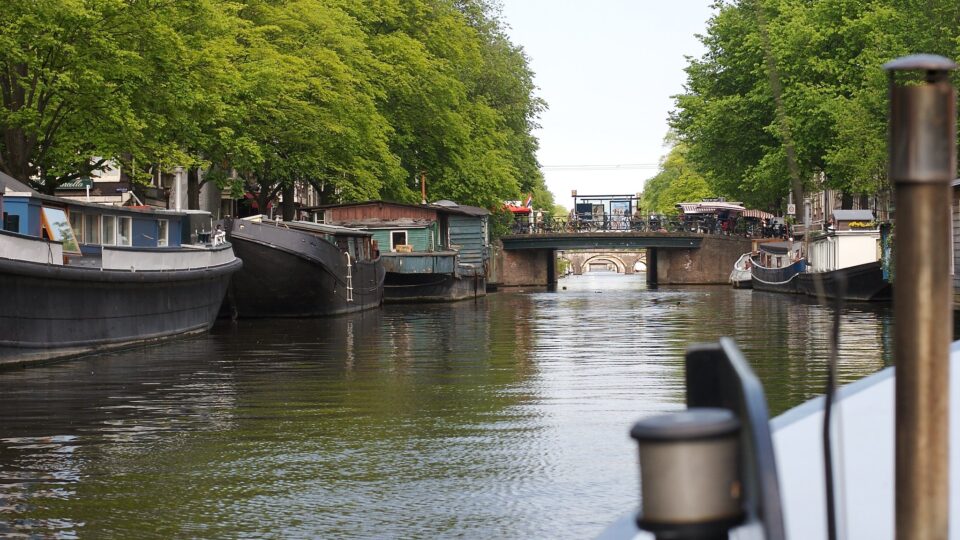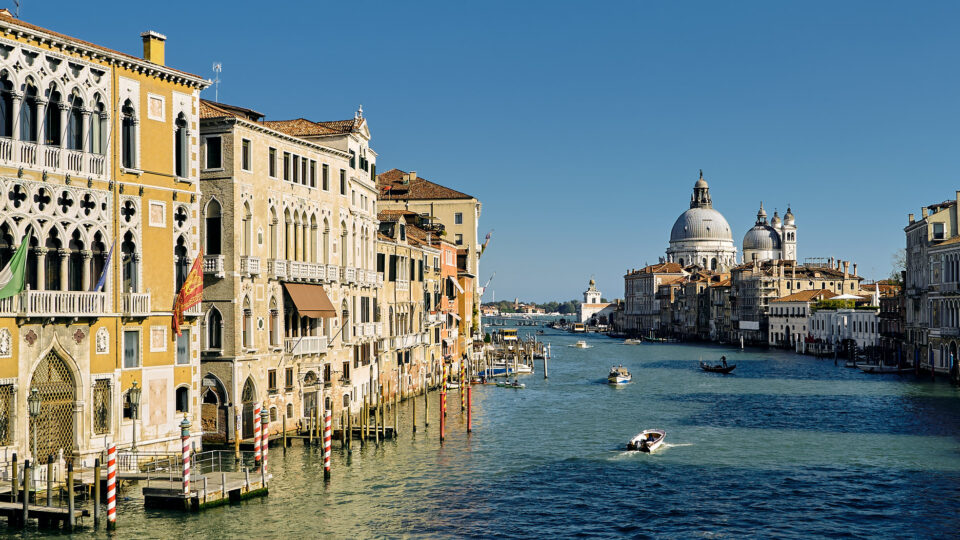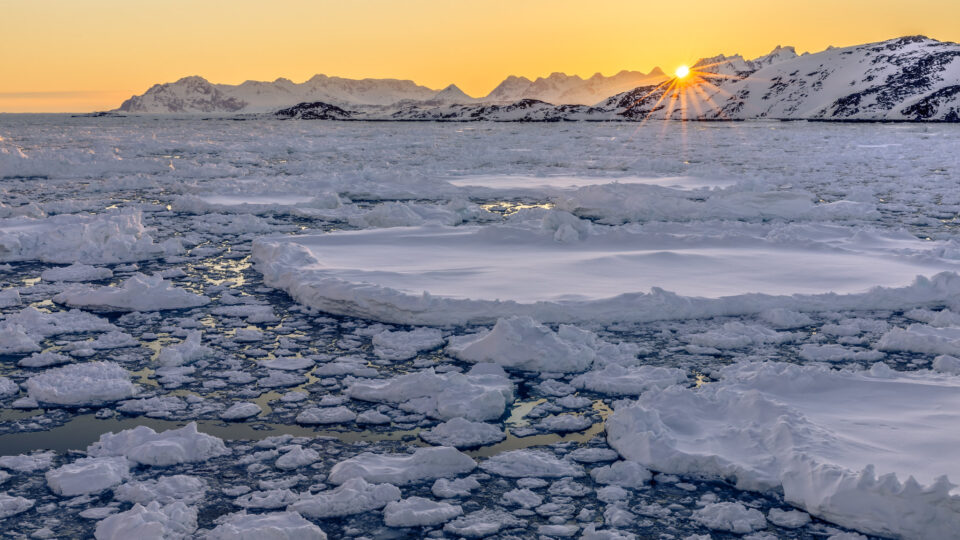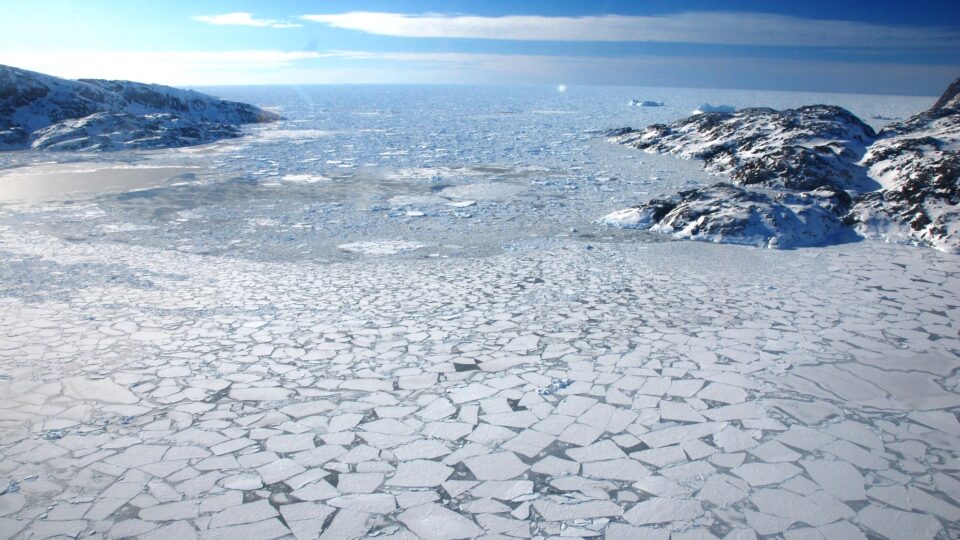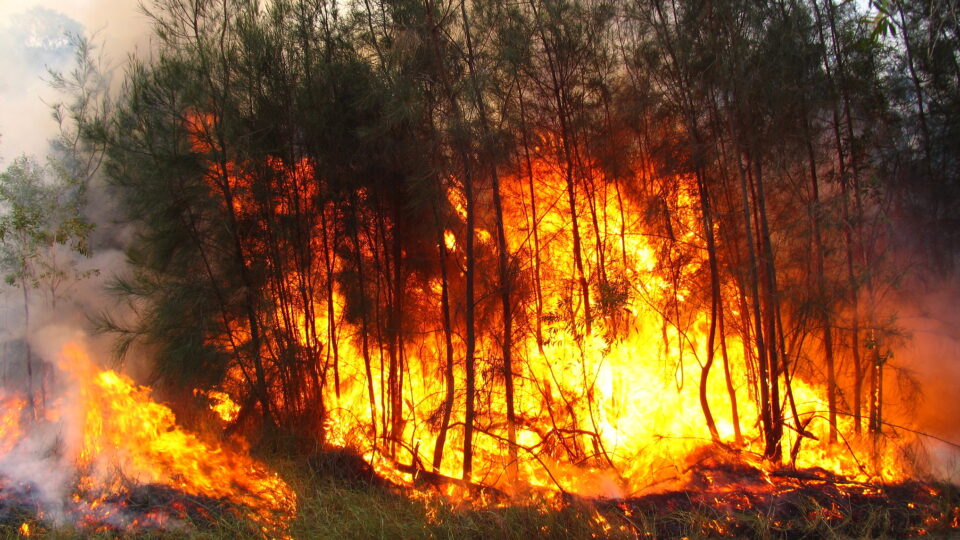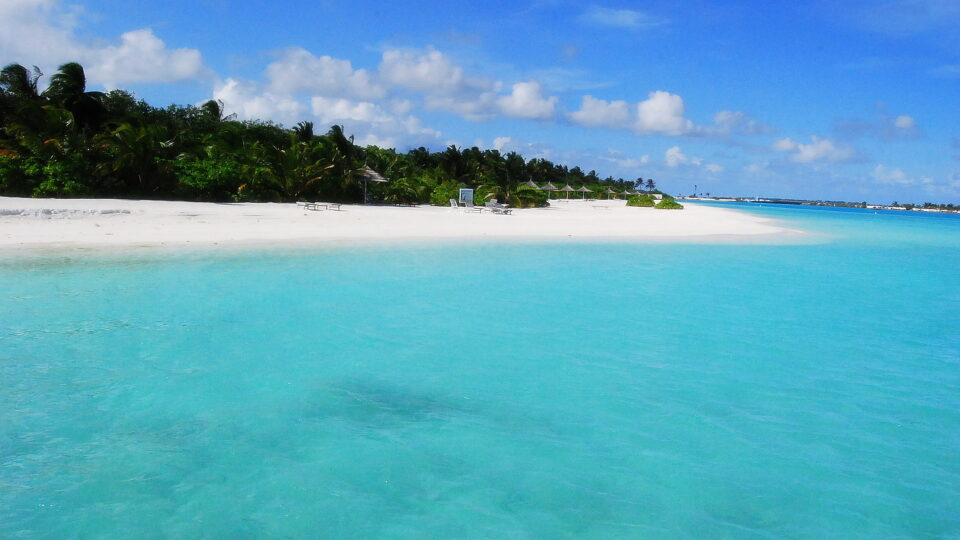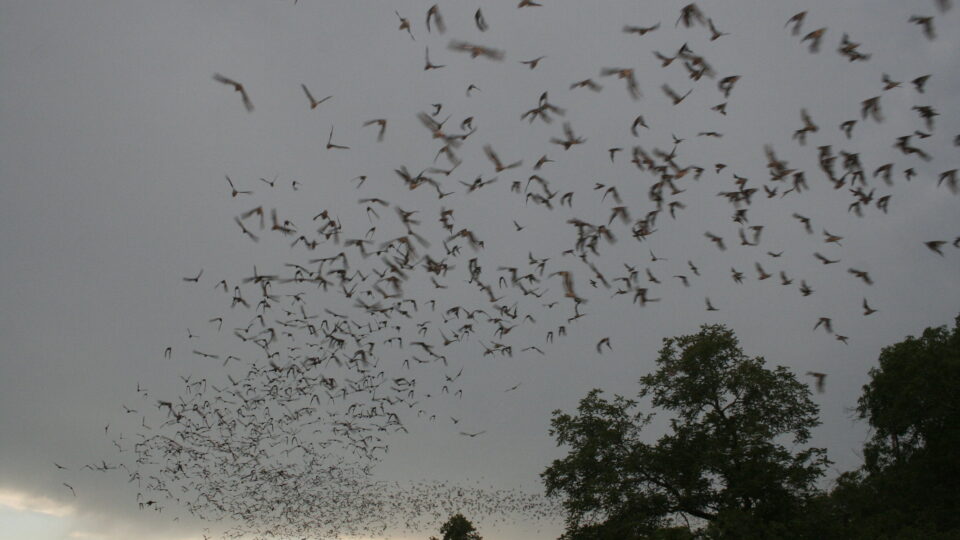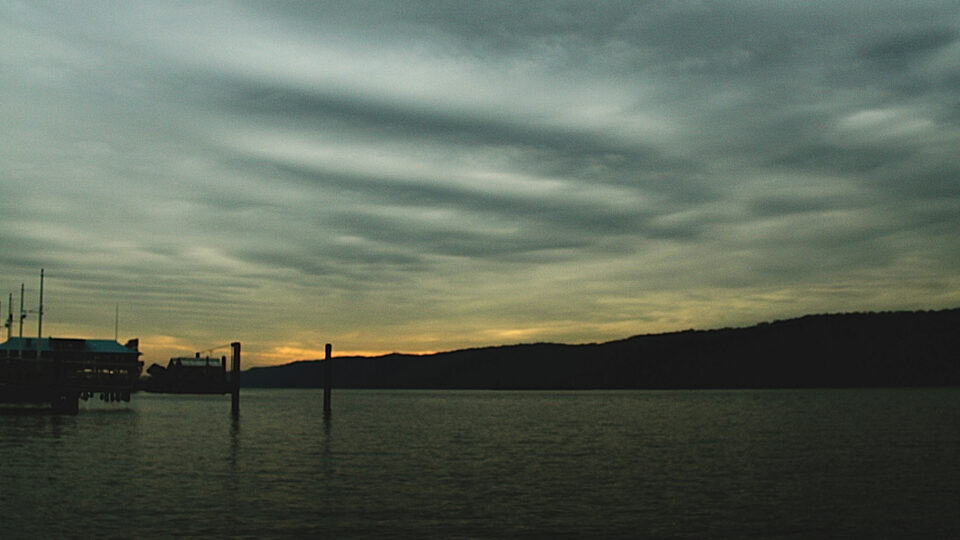The coral reefs that surround tropical islands are a refuge for a wide variety of marine life and also form a natural buffer against stormy seas. The changing climate is bleaching coral reefs and breaking them down. Extreme weather events are becoming more common and are threatening coastal communities with flooding and erosion.
Researchers at MIT are designing architected reefs – sustainable offshore structures that mimic the wave-buffering effects of natural reefs and can also provide habitats for fish and other marine life.
There are already artificial reefs in a number of places used to protect coastlines. These are typically made from sunken ships, retired oil and gas platforms, and even assemblies of concrete, metal, car tires, and stones. Generally, it takes quite a lot of material to form an effective barrier to waves.
The MIT group has developed a cylindrical structure surrounded by four rudder-like slats. Their experiments have shown that when this structure stands in the way of a wave, it efficiently breaks the wave and creates turbulent jets that dissipate the energy in the wave. The engineers calculated that the new design could reduce as much wave energy as existing artificial reefs but use 10 times less material.
Based on the initial experiments with lab-scale prototypes, these artificial reefs would reduce the energy of incoming waves by more than 95%.
Coral reefs are only found in tropical waters, whereas these artificial reefs don’t depend on temperature and could be placed along any coastline for protection. In a time of rising seas and increasingly frequent storms, these artificial reefs may be just what coastlines need.
**********
Web Links
Artificial reef designed by MIT engineers could protect marine life, reduce storm damage
Photo, posted December 9, 2010, courtesy of Phoenix Wolf-Ray via Flickr.
Earth Wise is a production of WAMC Northeast Public Radio
